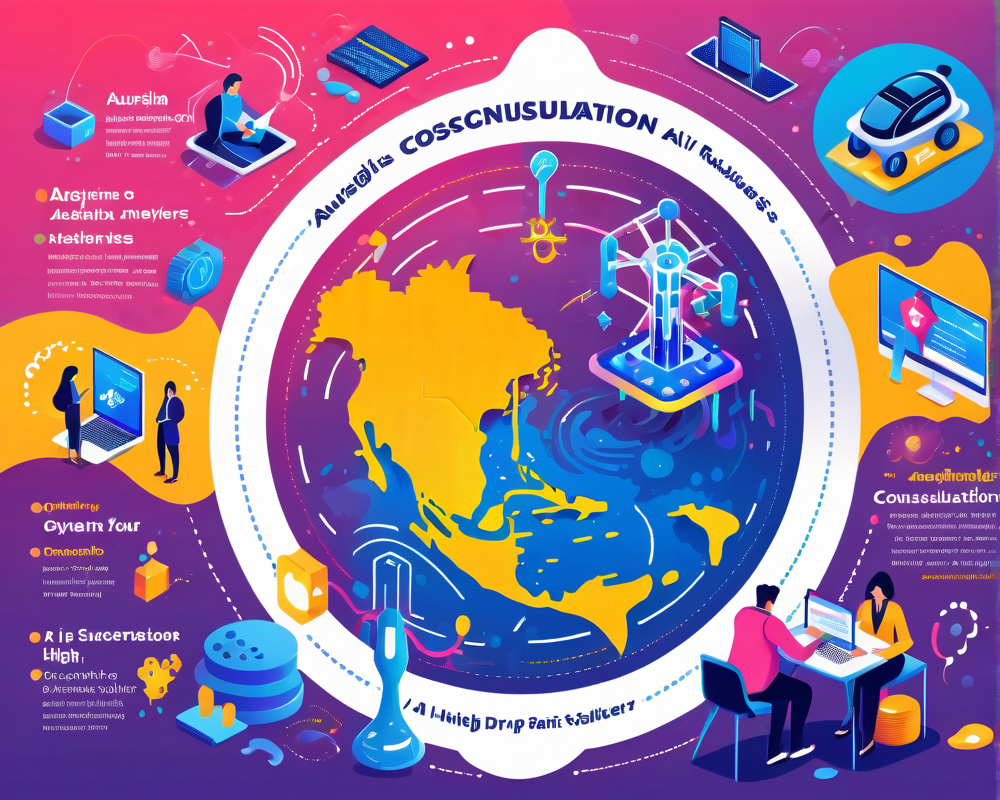Understanding the Consultation Process
The Australian government’s recent move to initiate an eight-week consultation period to evaluate high-risk artificial intelligence (AI) tools has certainly sparked a flurry of discussions across various sectors. As government officials, including Industry and Science Minister Ed Husic, delve into the depths of safe AI implementation, the call for public feedback highlights that this isn’t just a bureaucratic exercise—it’s an interactive dialogue that shapes the future of technology in Australia.
Global Responses to AI Challenges
Australia is not sailing this ship alone. Several regions, including the United States, the European Union, and China, have embarked on their own paths to tackle the fast-paced development of AI. These collective efforts underscore an urgent need for governance that ensures technological advancements don’t take us on a joyride to chaos.
- Discussion Papers Released: Two pivotal papers have been released for public examination: one dissecting the theme of safe and responsible AI, and the other focusing on the implications of generative AI.
- Feedback Deadline: Get your thoughts in by July 26—no pressure, but Australia’s AI future may hinge on your input!
High-Risk AI Tools Under Scrutiny
One of the burning questions posed during the consultation is whether any AI tools labeled as ‘high-risk’ should face a complete ban. The criteria for such determinations will undoubtedly require careful consideration. For instance, while the prospect of self-driving cars is categorized as ‘high risk,’ generative AI used for creating medical records takes a backseat in the ‘medium risk’ category. Who knew the road to AI regulation could be so tricky?
The Good, the Bad, and the Ugly of AI
The discussion paper doesn’t shy away from the dual nature of AI—its potential benefits tangled with its capacity for harm.
- Positive Applications: AI shows promise in various fields such as medicine, engineering, and law.
- Corrupt Uses: On the flip side, we’ve seen AI facilitate the creation of deepfake content, spread fake news, and even encourage harmful behaviors.
“AI is already part of our lives—let’s make sure it behaves itself,” wrote Australia’s Chief Scientist.
Public Trust and Adoption Rates
Interestingly, the discussion paper points out that AI adoption in Australia remains relatively low, attributing this trend to a significant lack of public trust. One can only hope that the government’s efforts lead to an AI landscape where technology doesn’t feel like an unstable tether connected to a WWII biplane.
Australia’s Position on the Global AI Map
While Australia’s capabilities in robotics and computer vision are commendable, there’s a pressing need for growth in areas like large language models. The National Science and Technology Council’s report warns that the concentration of generative AI resources primarily within a handful of multinational companies poses risks to Australia’s independence in the sector.
Looking Ahead: The Future of AI Governance
As discussions evolve, it’s apparent that Australia’s journey toward effective AI regulation will significantly impact sectors ranging from finance to education. Whether the country adopts strict regulations or takes a more lenient, voluntary approach, the outcome will shape how locals interact with AI technology going forward.
The integral role of public feedback can’t be overstated; after all, AI should serve to enhance lives—not to complicate them further. Let’s hope this dynamic consultation ultimately leads to a balanced approach that explores the spectrum from voluntary frameworks to obligatory regulations.


